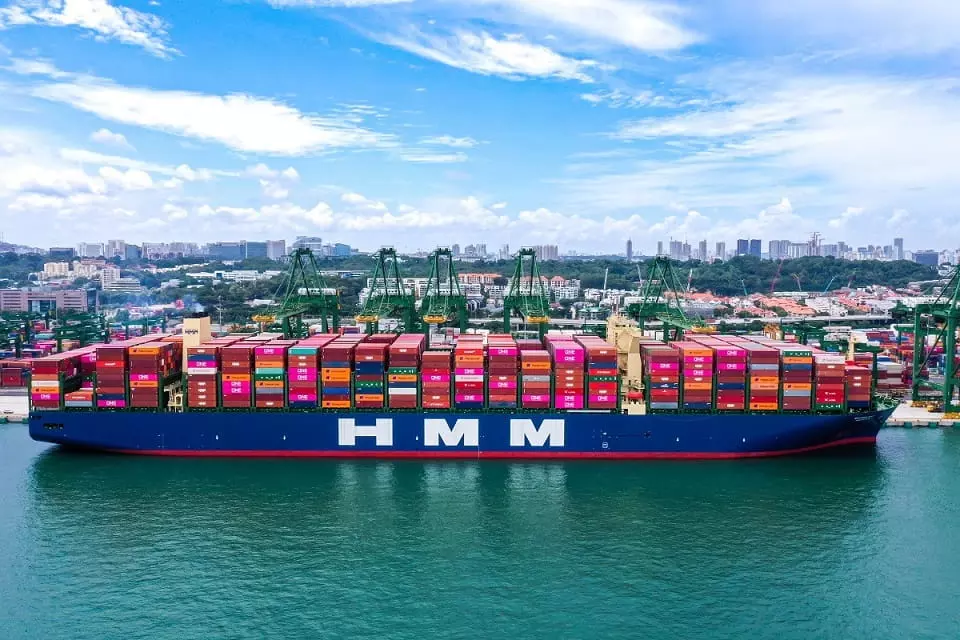HMM best carrier on US-Far East route in Q32023 on CEI ranking
HMM’s score in Q3, however, was actually worse than Q2, jumping 17.4 points on the CEI to 72.7

Hyundai Merchant Marine (HMM) was the best carrier in the third quarter of 2023 on the U.S. West Coast to Far East route based on the Xeneta and Marine Benchmark Carbon Emission Index (CEI).
"However, before we hail HMM’s Q3 emissions performance, a deeper dive into the data reveals it is perhaps not as praiseworthy as may first appear. That is because HMM’s score in Q3 was actually worse than Q2, jumping 17.4 points on the CEI to 72.7," says the update from Xeneta.
HMM was not alone in this regard with third-placed Yang Ming Lines also recording an increase in the CEI in Q3, the update added.
"There was good news elsewhere on the CEI with CMA CGM improving its score from 80.6 in Q2 to 76.3 in Q3 and securing second place on the index. When we look at the data, it is possible to identify reasons for the contrasting trajectories of CMA CGM and HMM on the CEI."
In Q1, HMM registered its all-time low average sailing speed on this trade at 12.1 knots. "In Q2, this jumped to 14.3 knots before increasing even further in Q3 to 14.6 knots. Again, looking at average ship size, HMM set a record in Q1 at 10 059 TEU but then this decreased to 8,637 TEU in Q3, which has a negative impact on CEI score."
In terms of both sailing speed and ship size, HMM’s performance has been heading in the wrong direction during 2023 even if the carrier recorded the best CEI for three quarters in a row, the update added.
In contrast, CMA CGM has seen sailing speed and average ship size heading in the opposite direction. During 2023, CMA CGM registered sailing speed decreases in each quarter, albeit remaining within a tight range of 14.6 and 14.4 knots. Ship size has also increased quarterly from 8,754 TEU in Q1 to 9,866 TEU in Q3, the update added
"Looking at the U.S. West Coast to Far East trade as a whole, Q3 saw an increase of 10.5 points on the CEI compared to Q2, bringing the score up to 93.5. This can be attributed to a number of factors which negatively impact the carbon emitted per transported ton of cargo."
The trade lane (U.S. West Coast to Far East) is a backhaul with the decreasing ship size being a possible repercussion of carriers optimising the more profitable fronthaul. "This is potentially another example of how carbon emissions requirements are overpowered by market forces as carriers continue to battle overcapacity at a global level."


